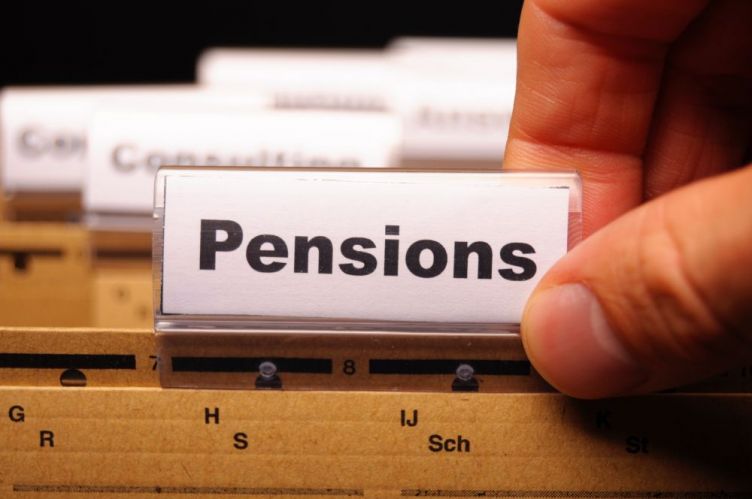Changes are underway regarding pensions – all employers will be required to provide company pension schemes over the next few years. The process is called “automatic enrolment”, and it began in October 2012, with the largest companies having to comply. By February 2018, automatic enrolment will be compulsory for all employers.
The date by which companies need to have their schemes up and running – known as the “staging date” – varies according to how many people you have on your payroll and how long you have been operating. You can find out your company’s staging date by visiting the Pension Advisory Service’s website here: http://www.thepensionsregulator.gov.uk/employers/tools/staging-date.aspx.
Your workplace pension scheme must enrol all workers who:
* are aged between 22 and the State Pension Age;
* earn at least £10,000 a year
* work in the UK.
Employer’s contributions must also be made to those workers’ pension schemes. Employees will have the right to opt out of the scheme but they must be automatically enrolled first.
Any scheme you choose must meet with certain legal requirements. For example, the scheme:
* must not require the worker’s consent to join;
* must allow workers to join from their first day of employment;
* must be tax-registered in the UK;
* must allow for the minimal legal contributions from employers and workers.
### Other workers
Employees have the right to opt in to your automatic enrolment pension scheme if they are:
* aged 16 to 74 and earn over £5,772 up to and including £10,000;
* aged 16 to 21 and earn more than £10,000.
You will also have to make contributions to their pensions.
Staff aged 16 to 74 earning £5,772 or less have the right to join but can only do so after your staging date.
### Choosing a scheme
There are two main types of company pension scheme:
* Defined contribution pension schemes. Under these schemes, a pension provider invests the money and the amount the employee receives when they retire depends on how much has been paid in and for how long, and how well the investment has done. Although the value of these pensions can go up or down in the short term, they are typically more profitable than savings accounts over the long term. The pension provider usually takes a small percentage of the pension fund as a management fee. This type of pension is also known as a “money purchase” scheme.
Defined benefit pension schemes. These schemes promise to provide employees a certain amount each year when they retire, depending on how much is invested – so salary and length of service affects the amount that is received.
There are also hybrid schemes that mix elements of both of the above.
For automatic enrolment, the majority of employers will probably choose a large defined contribution scheme, such as a group personal pension or master trust, run by a specialist pension provider.
The National Employment Savings Trust (NEST) is a master trust set up by the government to help employers comply with automatic enrolment. NEST has a public service obligation – this means it is required to accept any employer who wishes to use it as their automatic enrolment scheme provider. Find out more about NEST by visiting: https://www.nestpensions.org.uk.
For more information on automatic enrolment, visit: http://www.thepensionsregulator.gov.uk/automatic-enrolment.aspx









_(1)_75_75_s.jpg)
_(1)_75_75.jpg)









_(1)_59_42_s.png)







